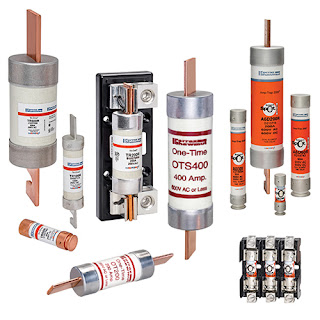Schott Enhances CAM Feature Recognition
By combining these enhanced recognition tools with the software's latest surface modelling capabilities, users are able to prepare models for machining in a greatly reduced timeframe. Citing mouldtool design as a typical example, all freeform holes on a model, such as those created to house ejector pins, can automatically be covered in a single click, preventing tooling during finishing operations from disappearing into the holes.
Complex features such as the slots created by electrodes can also be automatically covered using the software's advanced surfacing function, again improving finishing operations, but also removing the need to create complex and time-consuming surface patches, as can often be the case with mid-range CAD modellers.
Tapered pocket side walls requiring five-axis 'swarf cutting', characteristic of aerospace components, and freeform chamfers to be finished using five-axis 'end mill' techniques, are all features that can be instantly extracted from a 3D CAD model.
Helping to identify areas that require rest machining, actual radius surfaces within a given size range are automatically identified and extracted for re-machining. Similar tools also allow the selection of 'chained' radius faces, so entire freeform filleted features can be chosen in a single click.
Freeform models may often include numerous planar faces that require the application of normal facing operations. Here, the software searches for and extracts all planar faces on a freeform model, and machines them as individual 2.5D pockets, taking into account at all times the actual 3D model. This removes the possibility of gauging and tool collisions.


Comments